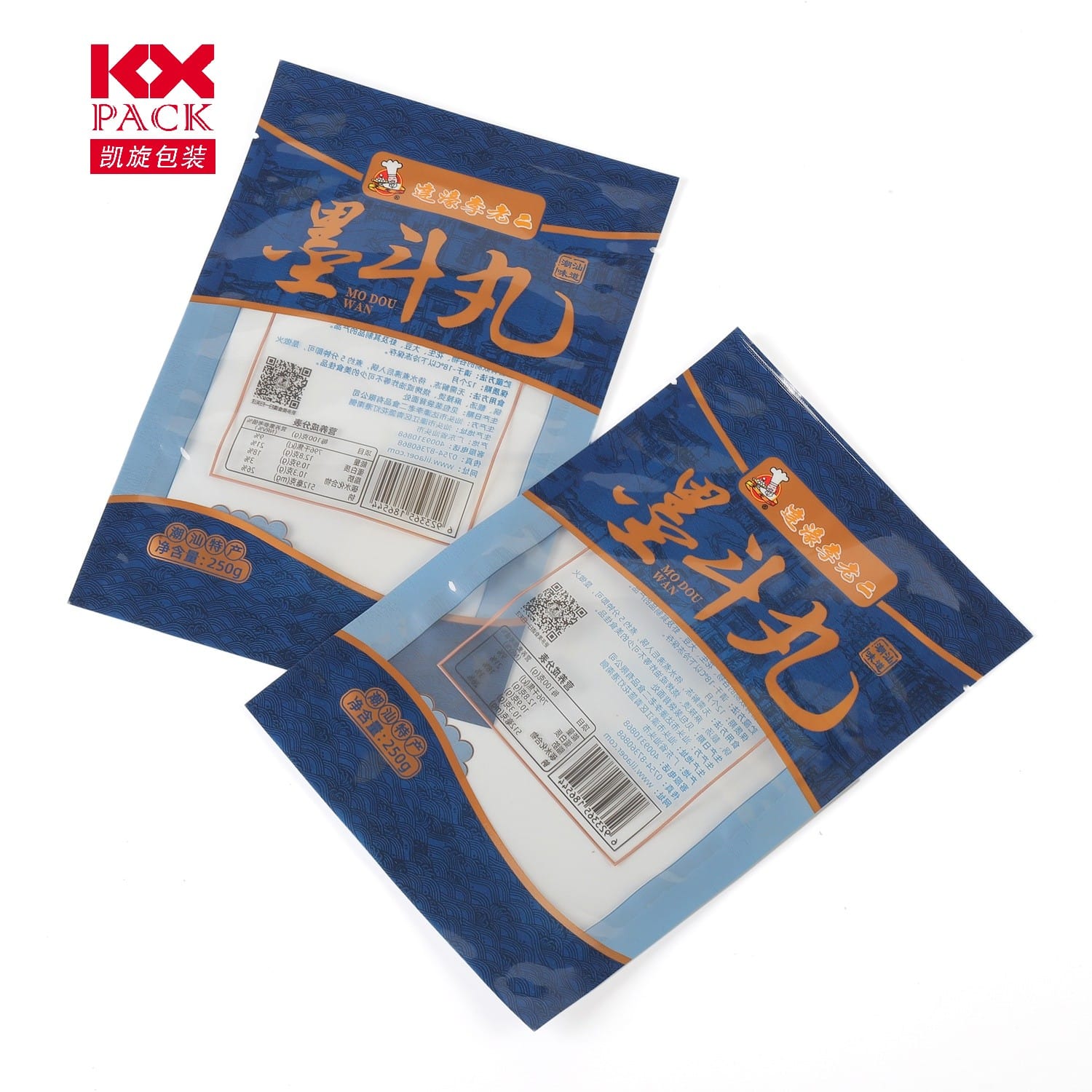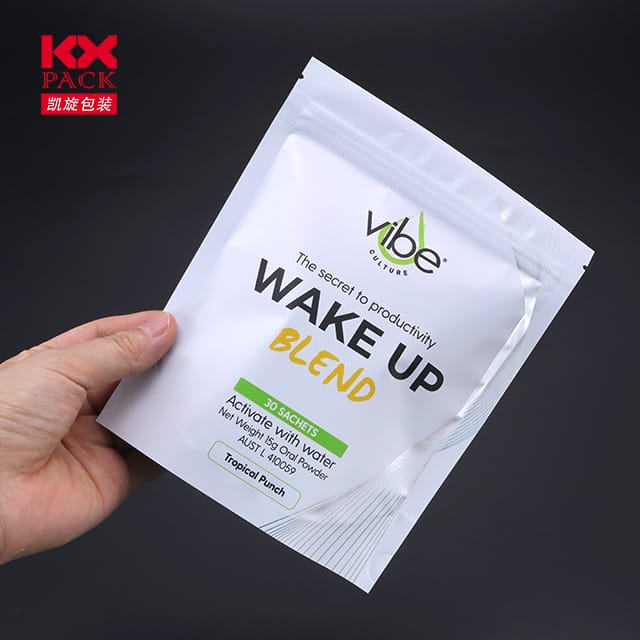Película de plástico para envoltura de alimentos: Conveniencia vs. Sostenibilidad: lo que necesita saber (7)
Wrapping Plastic Film
From wrapping leftovers to preserving freshness, Película de plástico para envoltura de alimentos (comúnmente conocido como película adhesiva, envoltura de plástico, o envoltura de saran) es un elemento básico de la cocina en todo el mundo. Es elástico, transparente, y las propiedades herméticas lo convierten en una solución para reducir el desperdicio de alimentos y mantener las comidas frescas. Pero a medida que crecen las preocupaciones ambientales, Muchos están cuestionando: Is this convenience worth the cost to the planet? Let’s explore the pros, cons, y alternativas ecológicas.
The Benefits of Plastic Food Wrap
- Preservación de alimentos
Wrapping Plastic Film creates a barrier against oxygen, humedad, y contaminantes, extending the shelf life of perishables like fruits, verduras, and meats. This helps households cut down on food waste—a critical issue given that roughly one-third of all food produced globally is lost or wasted. - Versatilidad
It molds to any shape, whether you’re covering a bowl, wrapping a sandwich, or storing half an avocado. Its transparency also lets you see what’s inside without unwrapping. - Hygiene and Safety
When used correctly, Wrapping Plastic Film prevents cross-contamination between foods and keeps surfaces clean. - Affordability
Compared to reusable alternatives, single-use plastic wrap is often cheaper upfront, making it accessible for budget-conscious households.
The Environmental Downside
A pesar de sus ventajas, traditional plastic food wrap poses significant challenges:
- Non-Biodegradable: Most Wrapping Plastic Film are made from polyethylene (EDUCACIÓN FÍSICA), a material that takes hundreds of years to decompose.
- Microplastic Pollution: When broken down, tiny plastic particles enter soil, waterways, and even our food chain.(Wrapping Plastic Film)
- Recycling Challenges: Many curbside recycling programs don’t accept plastic wrap due to contamination risks. Even “recyclable” films often end up in landfills.
- Resource Intensive: Producing plastic film relies on fossil fuels, contributing to carbon emissions.(Wrapping Plastic Film)
Eco-Friendly Alternatives to Plastic Food Wrap
The good news? Sustainable options are growing in popularity and effectiveness:
- Envolturas de cera de abejas
Made from cotton coated in beeswax, aceite de jojoba, y resina de árbol, these reusable wraps are pliable, breathable, and compostable after months of use. - Silicone Food Covers
Durable and airtight, silicone lids stretch over bowls or containers and can withstand high temperatures (great for reheating!). - Reusable Fabric Covers
Cotton or linen wraps with waterproof linings offer a washable, plastic-free solution for covering dishes.(Wrapping Plastic Film) - Recipientes de vidrio o acero inoxidable
Investing in airtight containers eliminates the need for wrap altogether and keeps food fresher longer. - Películas comestibles
Innovations like seaweed-based wraps or starch-based coatings are biodegradable and even edible (though still niche).
How to Make Smarter Choices
- Reducir el uso: Only use plastic wrap when absolutely necessary (P.EJ., for raw meat). Opt for reusable options first.
- Check Labels: Look for “biodegradable” or “compostable” films made from plant-based materials like PLA (ácido poliláctico).
- Recycle Properly: If using plastic wrap, clean it thoroughly and check local guidelines for drop-off locations (some grocery stores accept it).
- Advocate for Change: Support brands prioritizing sustainable packaging and policies that reduce single-use plastics.
The Bottom Line
While plastic food wrap offers undeniable convenience, its environmental impact is hard to ignore. By embracing reusable alternatives and reducing reliance on single-use plastics, we can protect our planet without sacrificing freshness. Small swaps in the kitchen add up to big changes for the Earth.
What’s your go-to method for keeping food fresh? Share your tips or favorite eco-friendly hacks in the comments below!
Palabras clave: Película de plástico para envoltura de alimentos, sustainable food storage, plastic wrap alternatives, cocina ecológica, reducir el desperdicio de alimentos.






